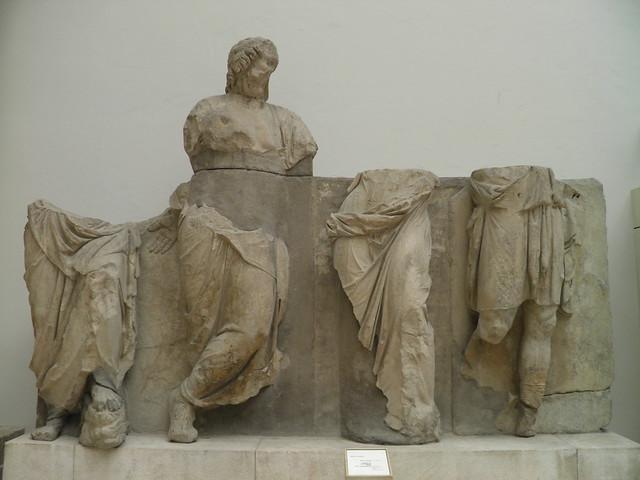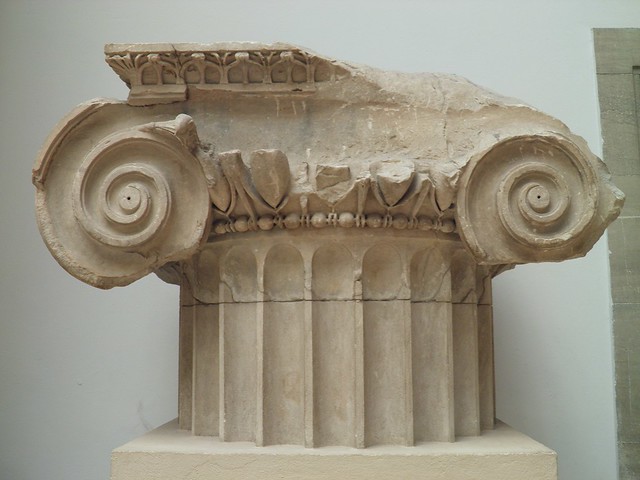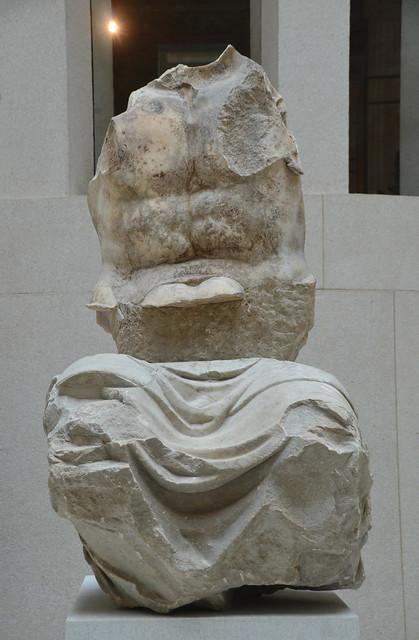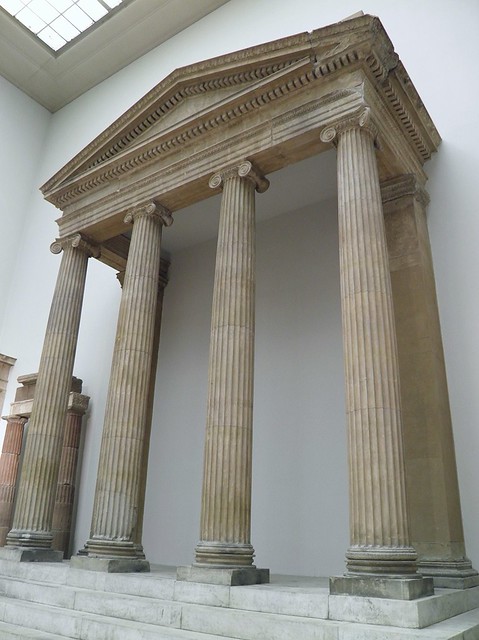By Glenn Maffia
Given the tremendous feedback from my previous article, I delved a little deeper into the ancient city of Magnesia on the Maeander to relay a brief description of Magnesia’s turbulent history, the city’s main deity Artemis and specifically her temple, whilst also expanding further upon the Temple of Zeus.
The blackened clouds continued to loom low within the sky, seemingly avoiding gravity, which made another visit there unappetising in extremis. Fortunately, my notes and extensive library afforded me the comfort of working from my warm and dry home.
Distant origins
Although the city was founded deep within the central region of Ionia it was initiated by the people from Thessaly in the northern section of the Greek mainland. Before the Greek Dark Ages, the inhabitants of this area were known as Aeolians, who as such were mentioned in Homer’s ‘Odyssey’.
The fledgling settlement was named Magnesia, after the Magnetes from Thessaly, from an area that is still known as Magnesia today, who laid claim to this portion of land along with some settlers from Crete.

The extended name of “on the Maeander” was added to distinguish it from the nearby Lydian city of Magnesia and Sipylum, who were also, founders of Thessaly. Unsurprising, in the human psyche, that colonisers should wish to retain a familiar link with their land of origin, and what better way than in a name.
The settlement was initially founded upon a tributary of the Maeander, the river Lethaeus (today’s Gümüşçay), a choice that eventually would ring the death knell to befall all the ancient cities situated along this mighty Maeander River, which continued to drop alluvial deposits upon its snaking path. (Yes, the English word ‘meander’ originates from the name of this river).
As was the case with the ever-shifting winds of fortune throughout time, and continuing into today and the future, Magnesia ad Maeandrum saw a number of forever revolving ruling dynasties take occupancy of its space.

The Lydian King Gyges (680-652 BCE), then plundered by the Cimmerians (c.650 BCE), the neighbouring Milesians eventually rebuilt the city, though it was soon under the yoke of the Persians from c.530 BCE.
Further disruptions and times of tranquillity came and went, as was the want of a turbulent age. Though an important event occurred when the then incumbent power of Sparta controlled Magnesia (400-398 BCE). The commander, Thibron, relocated the city to the site we observe today in the district named Leukophryene (‘White Eyebrowed’, don’t ask me why?) where the Temple of Artemis was/is now located.
The Temple of Artemis Leukophryene
The evidence emanating from the archaeological excavations has concluded that the temple dedicated to Artemis was built upon a site of a much older temple, probably dedicated to the Mother Goddess of ancient Anatolia, Cybele.
The Roman architect Vitruvius (c. 80-70 BCE – after c. 15 BCE), famous author of the book entitled ‘De architectura’, postulated that Artemis’ temple was built by the Hermogenes of Priene during the 3rd century BCE in the Ionic style.
While another famous, but later, Graeco-Roman, Strabo (63 BCE – c.24 BCE), commented that though the city could not equal the opulence and wealth of Ephesus, Magnesia’s city “in the harmony and skill shown in the structure of the sacred enclosure (of Artemis Leukophryene) is far superior to it”, and that in its “size surpasses all the sacred closures in Asia except two, that (of Artemis) at Ephesus and that (of Apollon) at Didymoi” (Strabo, ‘Geography’ 14.1.40).
The Magnesian temple’s dimensions measured an admirable 41 x 67 metres.
The Temple of Zeus Sosipolis
The full name of the structure is the Temple of Zeus Sosipolis and it resides in the southern section of the Sacred Agora (basically the civil, legal, spiritual, and commercial heart of a city). The temple is quite a modest size, its stylobate (base) measuring 15.81 x 7.38 metres, in a prostyle form (meaning faced by a single row of columns) and utilising the Ionic order.

Many of the Hellenistic temples of small proportions were of the prostyle design; including the Naiskos, the small temple within the adyton (inner sanctum), of the Temple of Apollo in Didyma and also the temple of Zeus in the agora of nearby Priene. Unfortunately, none of these structures survive any longer though we can continue to see and ‘read out’ of the foundations.

The city of Magnesia is a vast area covering a diameter of 1.5 km. I have merely scratched the surface of its ancient religious centre, therefore, there is still much for me to explore. An exploration that shall cover many timescales, from the 3rd century BCE stretching across until the disappearance of Magnesia’s final inhabitants in the 12th century CE.

Plan of the Temple of Zeus, entrance to the right. From a book by Prof Dr Ekrem Akurgal
Fortunately, the city is within an hour drive from Didyma, and thus a near enough neighbour to enable a comfortable full day exploration…once the weather becomes somewhat more clement.
Images of Pergamon Museum in Berlin of Artemis’ and Zeus’ temple are credited Carole Raddato.
Image of the Plan of the Temple of Zeus, (entrance to the right) is from a book by Prof Dr Ekrem Akurgal.